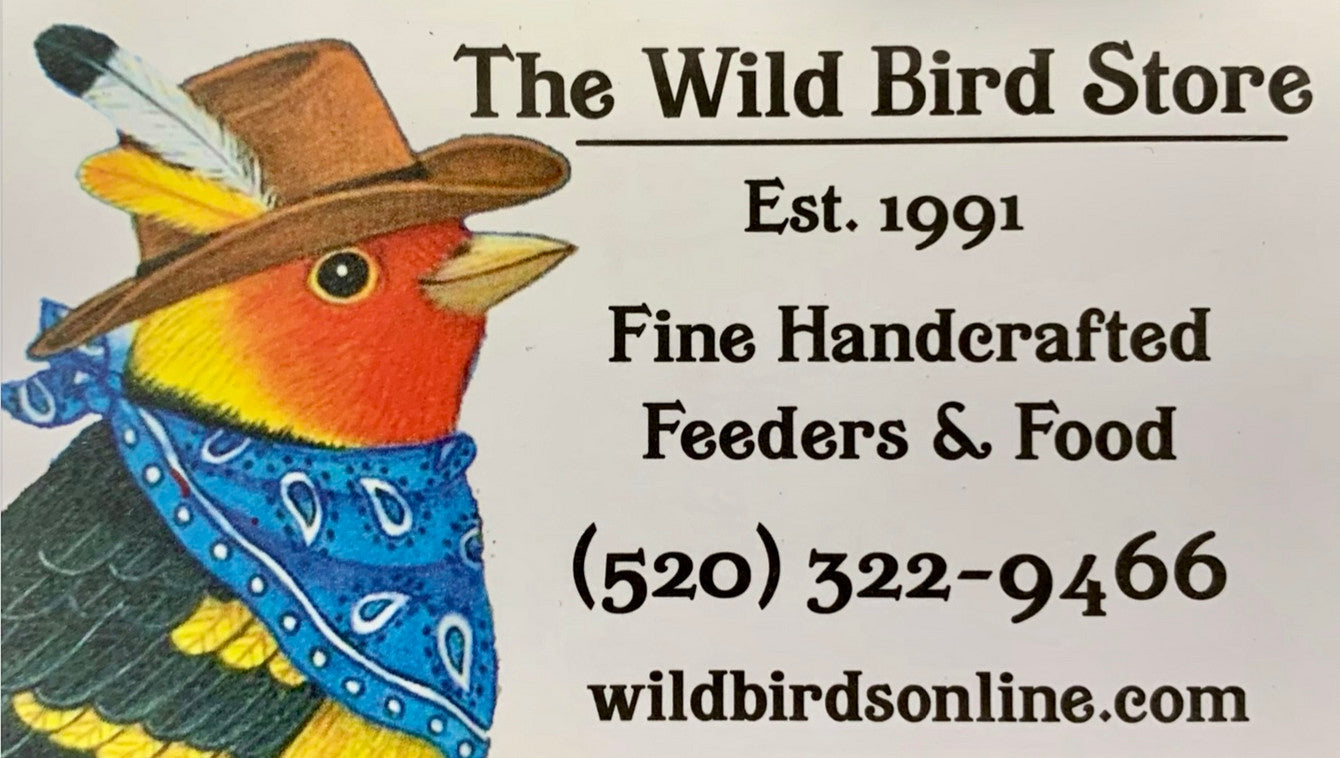News
Hummers in the Hand
Hummers in the Hand By Matt Norris (Publisher’s note: this article was originally published in the September-October, 2003 Wild Bird Store newsletter, Volume 11, Number 4. For many years, Matt was recognized by the Hummingbird Monitoring Network as the youngest certified, licensed hummingbird bander in the United States. He was thirteen at that time but his record was recently eclipsed.) Hummingbirds are the most marvelous and magnificent of creatures. People have always loved to watch them, but very little was actually known about them. Beginning in the second half of the twentieth century, attempts were made to discover more about...
Hummingbird Bills and Tongues
HUMMINGBIRD BILLS AND TONGUES By Shani and Jon Friedman Photo by Doris Evans Introduction According to Nature's grand design, hummingbirds have evolved so that their entire body form and purpose assists their ability to forage effectively. This accounts for their remarkable flying abilities (they can fly forward, backward, sideways, straight down and straight up, and hold their exact position while hovering), the development of their wings and muscular structure which enables that flight, and their tiny legs and feet. Of course, the bill has evolved as a highly specialized tool, which enables them to forage very efficiently on particular flowers...
Hummingbird Color Preferences
Hummingbird Color Preferences By Jon Friedman Photo by Doris Evans Costa feeding at a Justicia The colors hummingbirds are attracted to have been an area of interest to researchers for many decades. Some of the earliest documented scientific research and experiments have been dated to the early 1920’s. Prior to the advancement of hummingbird feeders, researchers conducted their experiments almost entirely with natural nectar producing flowers – which have an extremely wide range of colors. It should be noted, even though color associations have been acknowledged as important to hummingbirds and their flowers for over one hundred years, not enough...
Hummingbirds Eating Insects
HUMMINGBIRDS EATING INSECTS by Jon and Shani Friedman We are blessed to live in the “Hummingbird Capitol of North America”, as many birders refer to Southeastern Arizona. Here we enjoy hummingbirds all year round. Southeastern Arizona has recorded 21 species of these wonderful and amazing birds. Every year, as more studies are completed, we learn more about hummingbird life and diets. However, we find that some people think that hummers can survive on nectar alone. Nectar provides quick energy to sustain their extremely high metabolic rate and little else. This is important enough that the shape of the bills of...
Hummingbird Metabolism
HUMMINGBIRD METABOLISM by Jon Friedman Most folks understand that metabolism has something to do with energy, but they are not sure what else metabolism means. Simply put, metabolism is the physical and chemical processes that maintain a bird’s life. A flow of energy is required to run and maintain the metabolism of any organism, and the basic energy source for all birds is the sun. Green plants “capture” the sun’s energy in the process called photosynthesis, and the birds then acquire it by eating plants or by eating other animals or insects that eat plants. The energy is used to...
